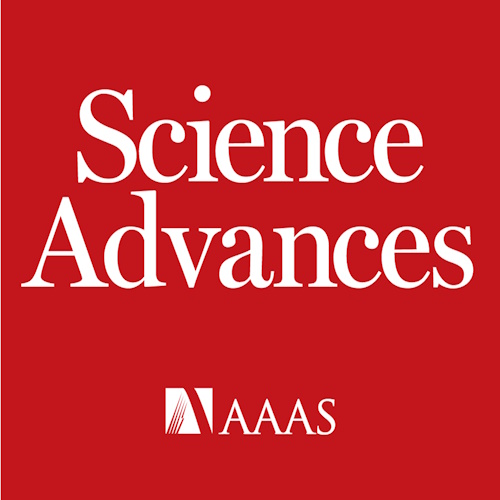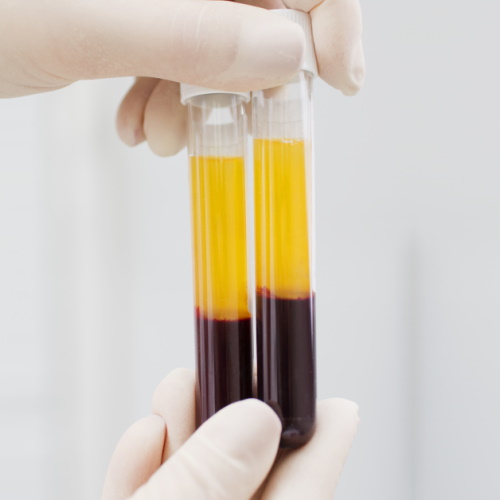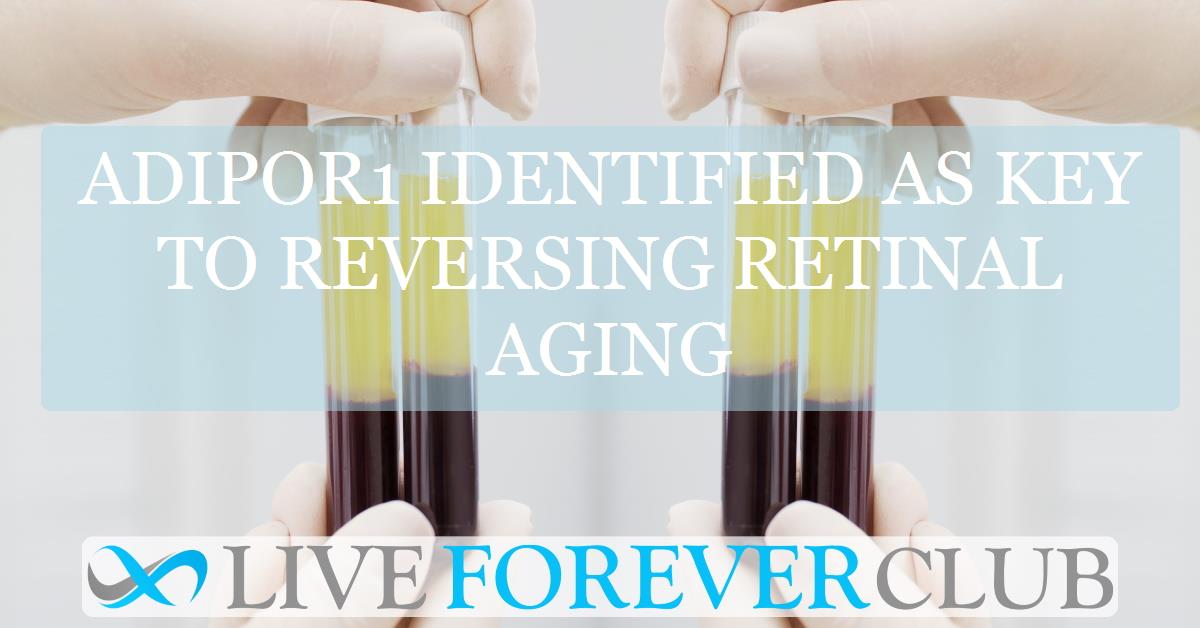Key points from article :
Researchers led by Yidan Liu have identified a promising target for reversing age-related vision loss in the retina. Published in Science Advances, the study used a method called heterochronic parabiosis, where the circulatory systems of young and aged mice are surgically joined. This allowed scientists to explore how factors in young blood might rejuvenate aging tissues—particularly the retina, which degenerates with age and contributes to conditions like macular degeneration and glaucoma.
Using single-cell RNA sequencing, the team mapped the cellular and molecular changes in the retina caused by aging and parabiosis. They found that young blood reduced inflammation and signs of senescence in aged retinas, while aged blood accelerated these changes in young retinas. A key discovery was the identification of AdipoR1, a receptor involved in metabolism and anti-inflammatory signalling, as a major player in retinal rejuvenation. Activating this receptor using a drug called AdipoRon restored mitochondrial health, reduced cellular stress, and improved retinal structure and function in aged mice.
Further lab experiments confirmed that AdipoRon worked across various retinal cell types—including neurons, pigment epithelial cells, and microglia—by boosting mitochondrial activity and reducing age-related inflammatory markers. These findings suggest that AdipoR1–AMPK signalling is a central pathway in age-related retinal decline and could be targeted for therapies to protect or restore vision in older adults.
This study provides a detailed cellular map of how retinal aging progresses and how it might be reversed, offering hope for developing treatments to delay or even prevent vision loss with age. The work also highlights the broader potential of rejuvenation strategies informed by systemic factors in the blood.






